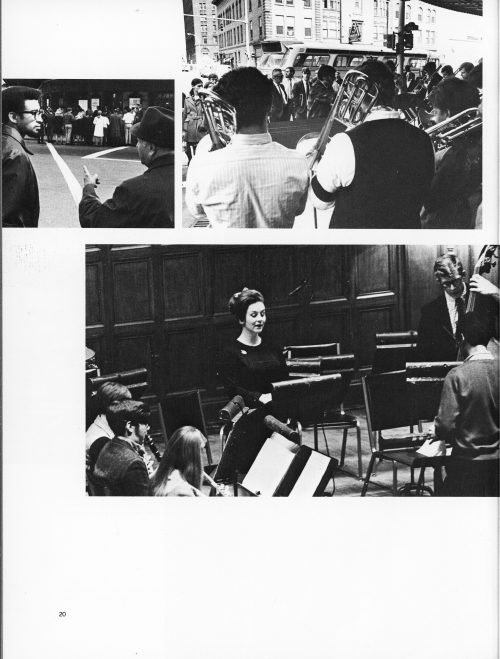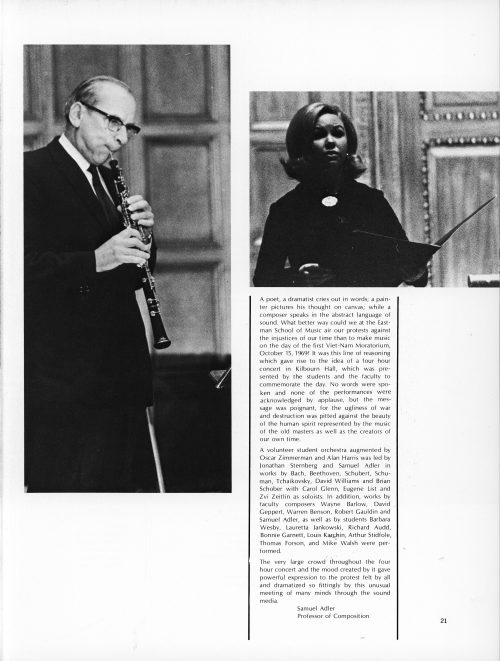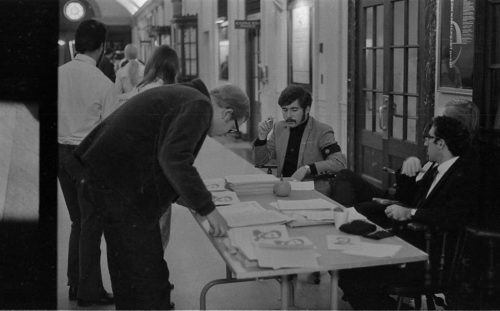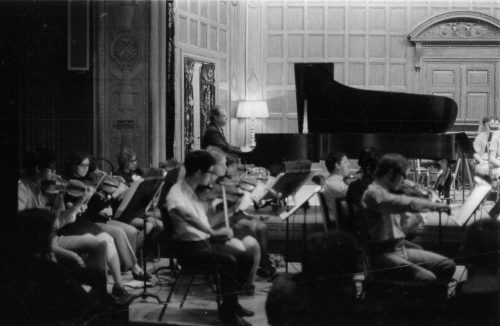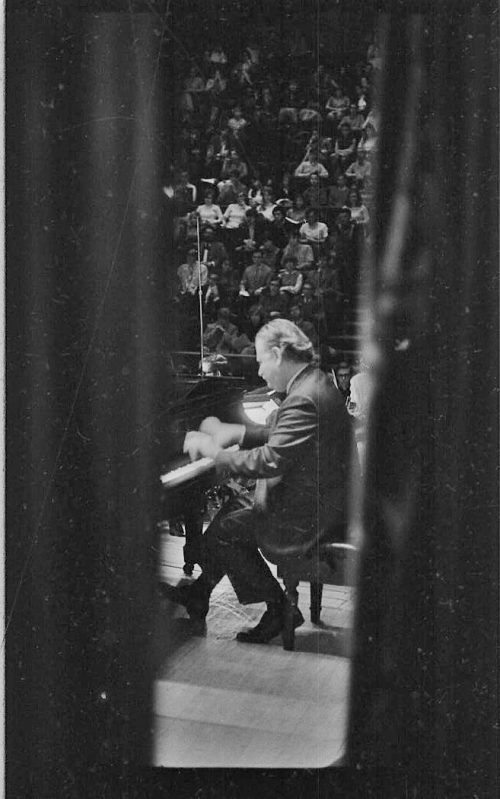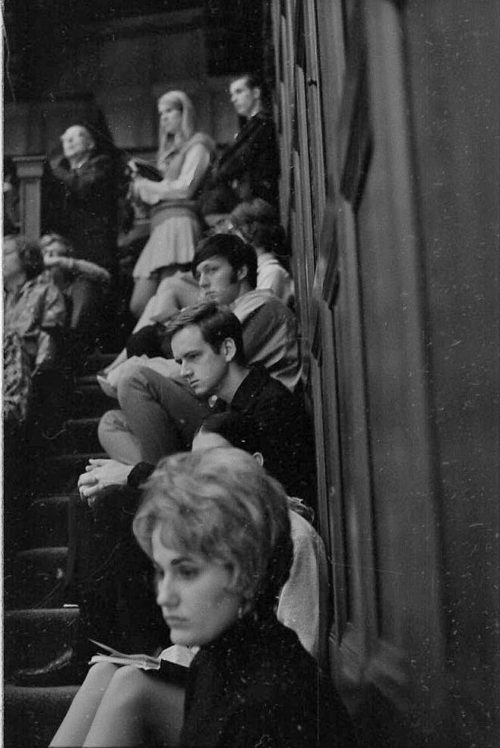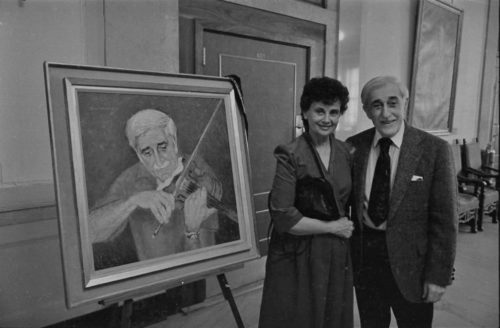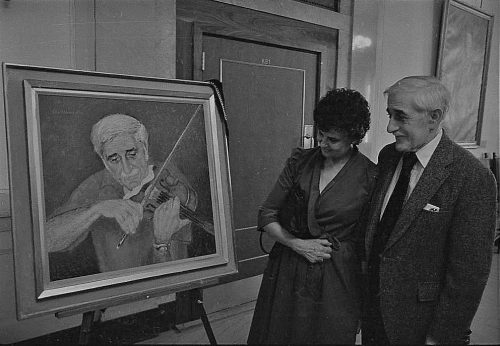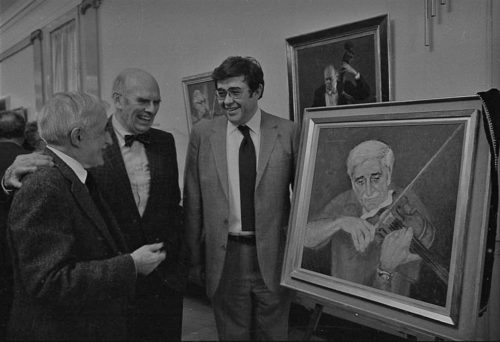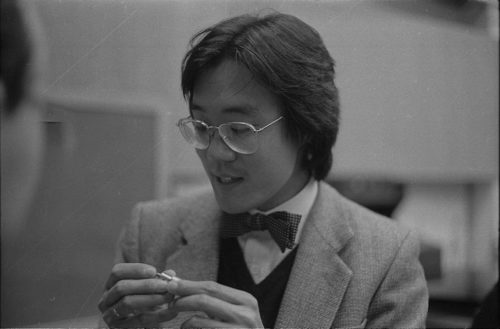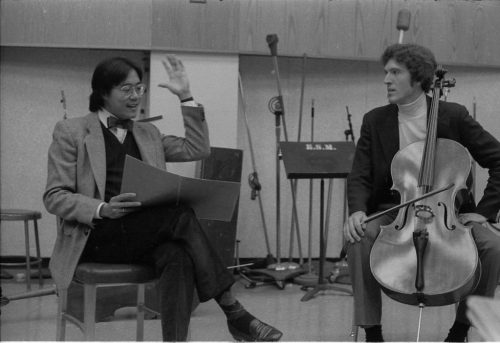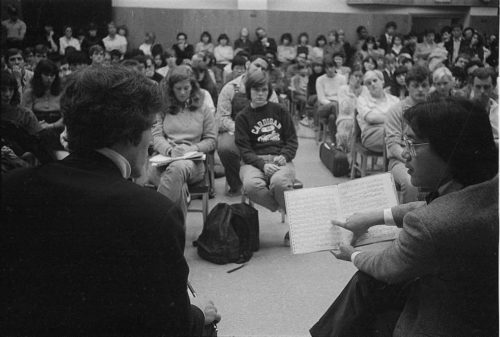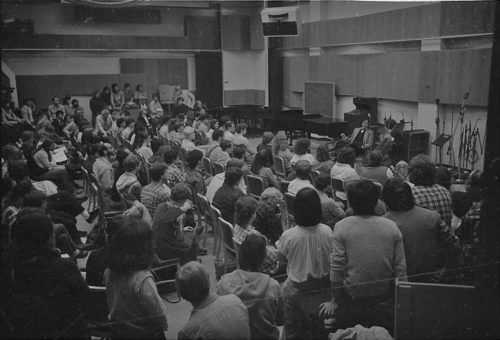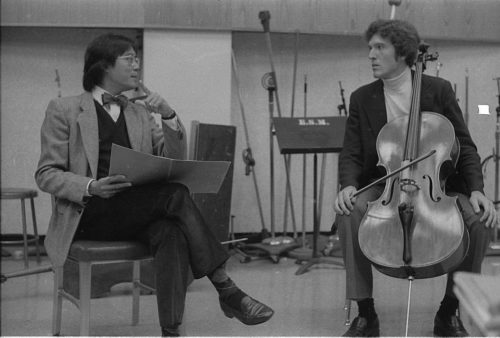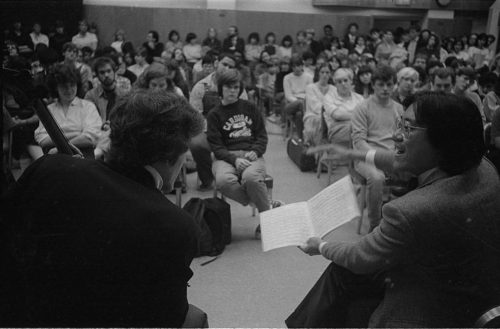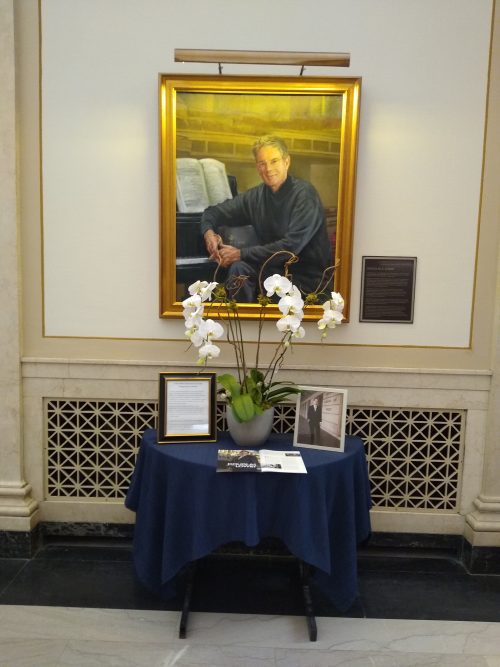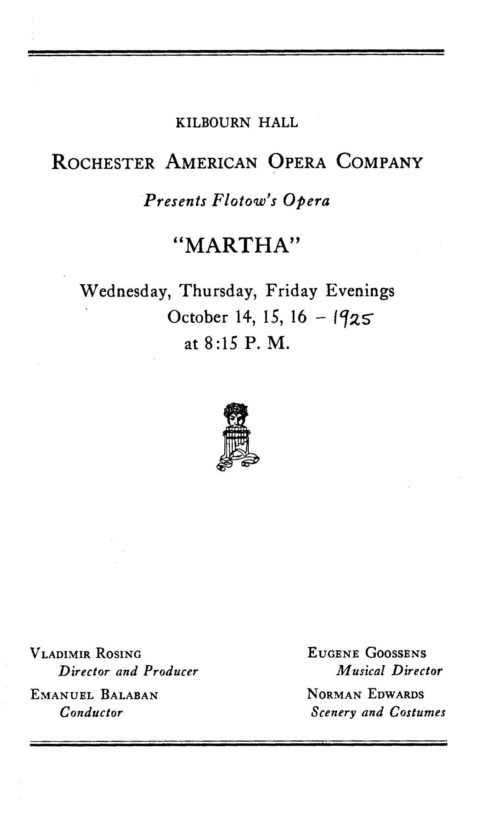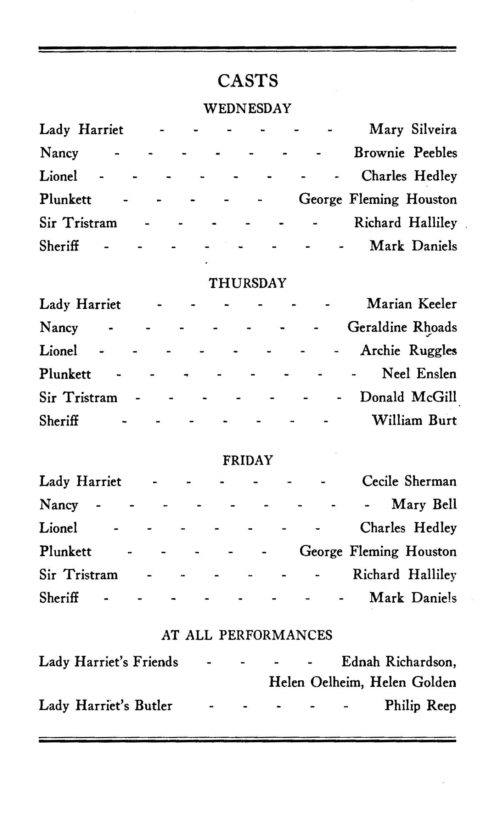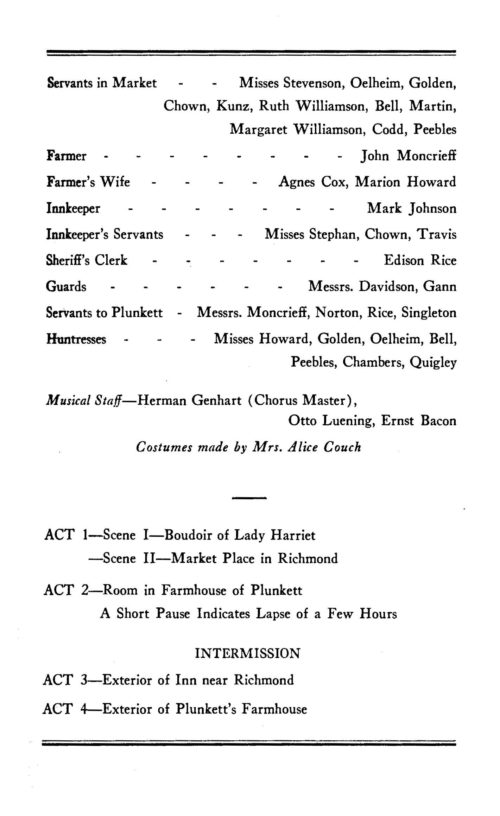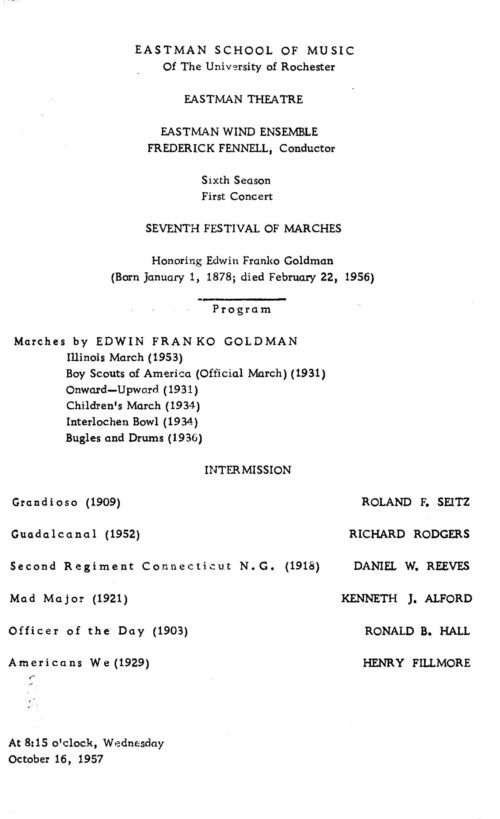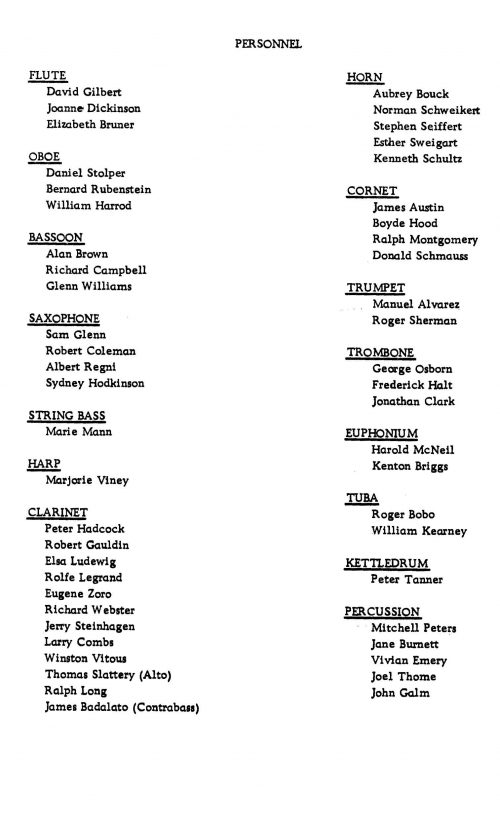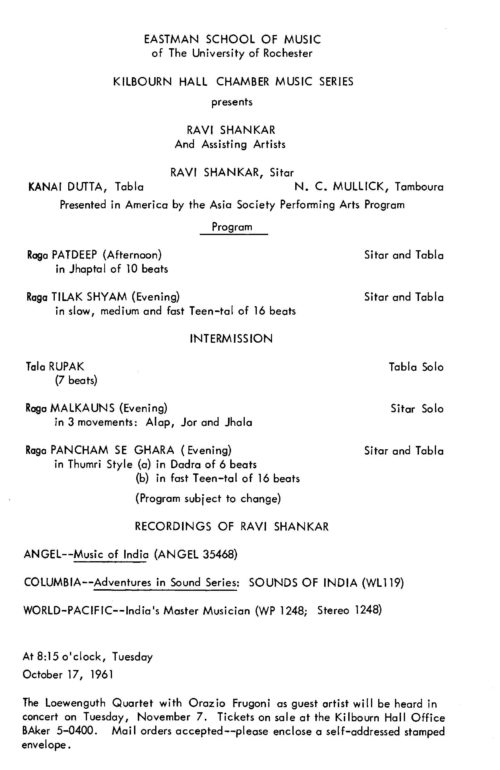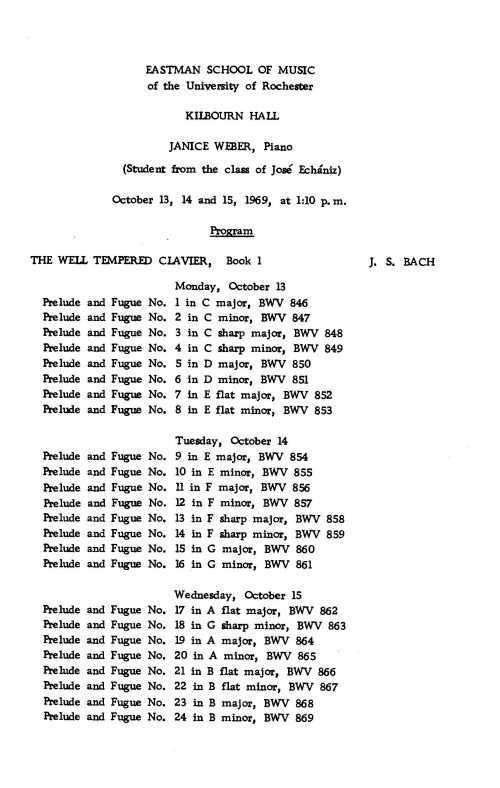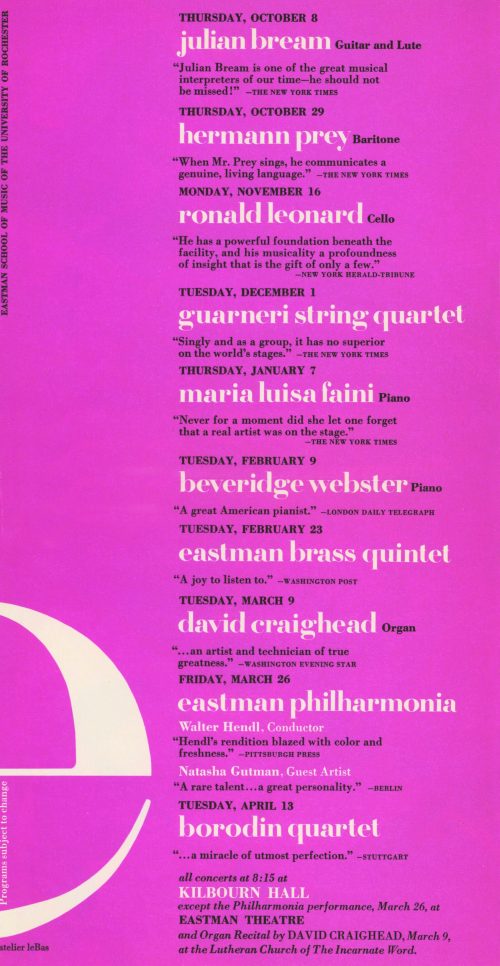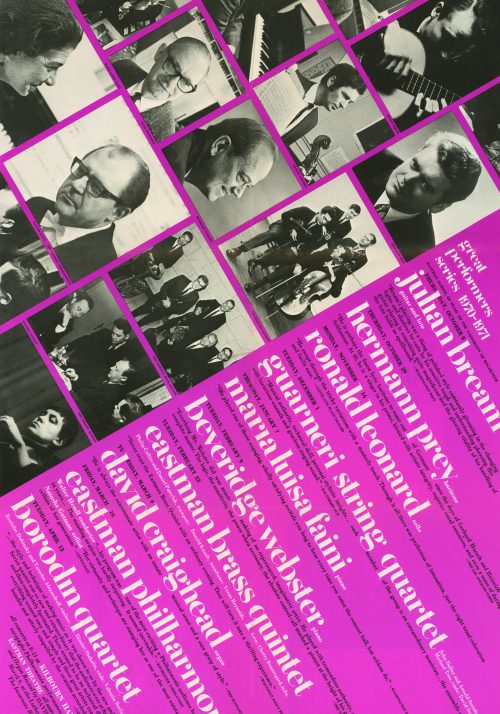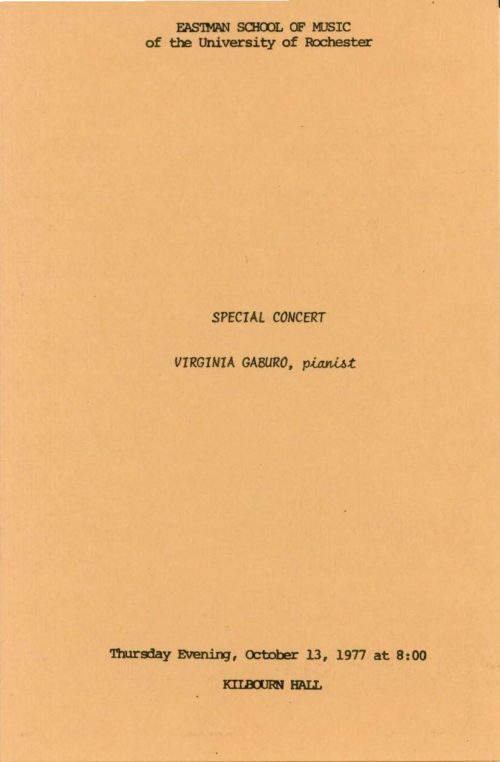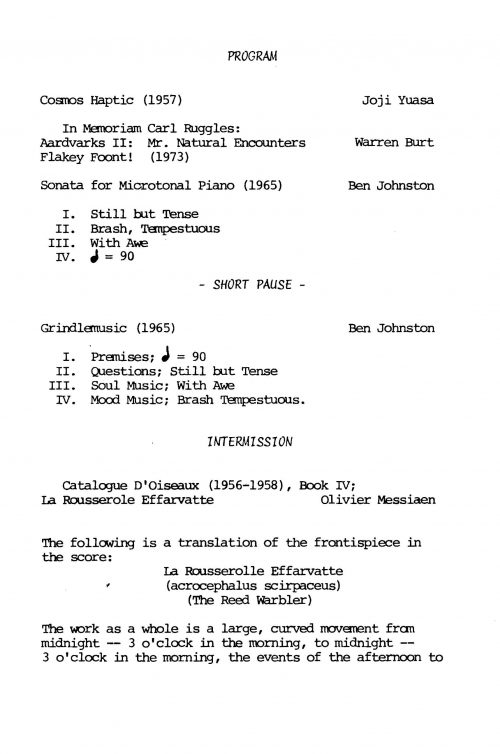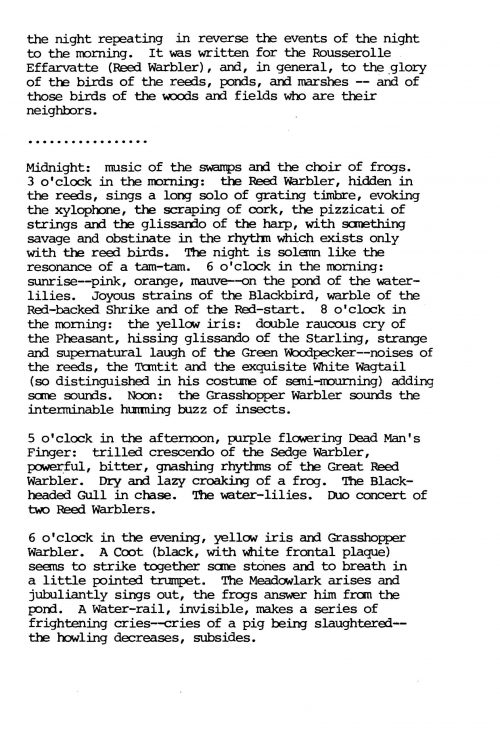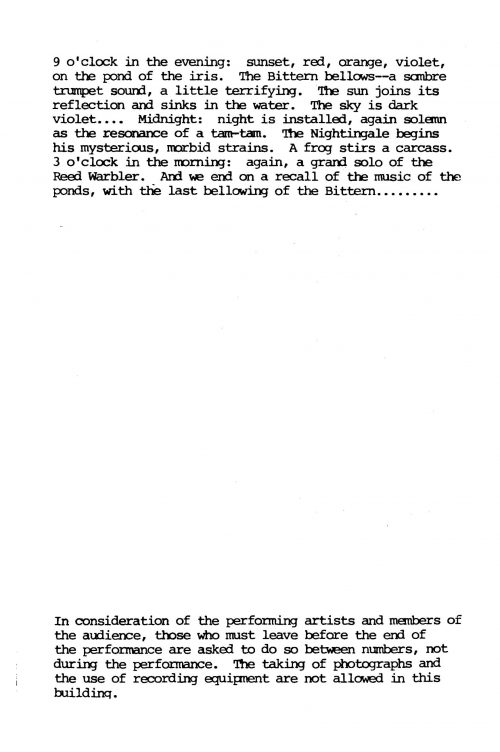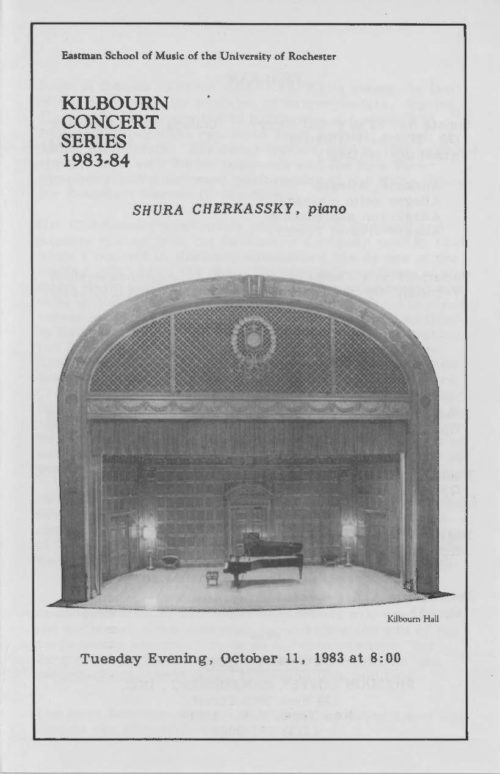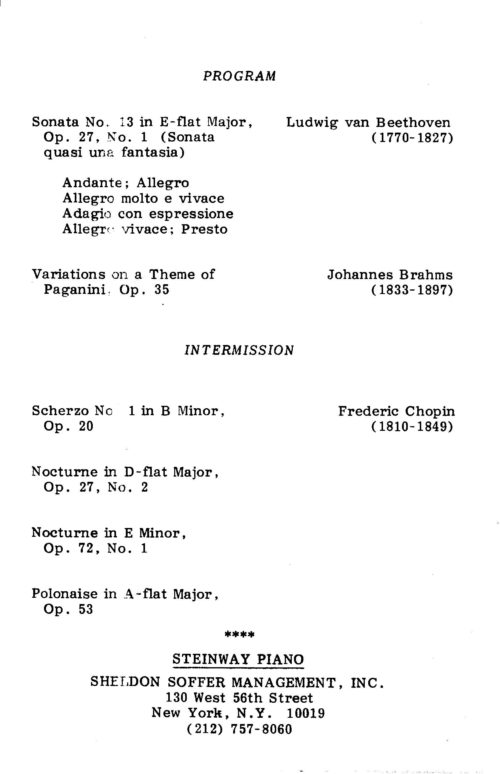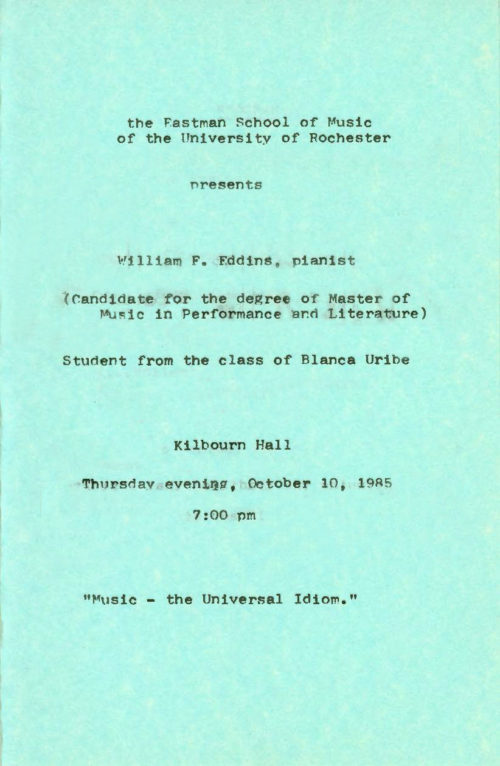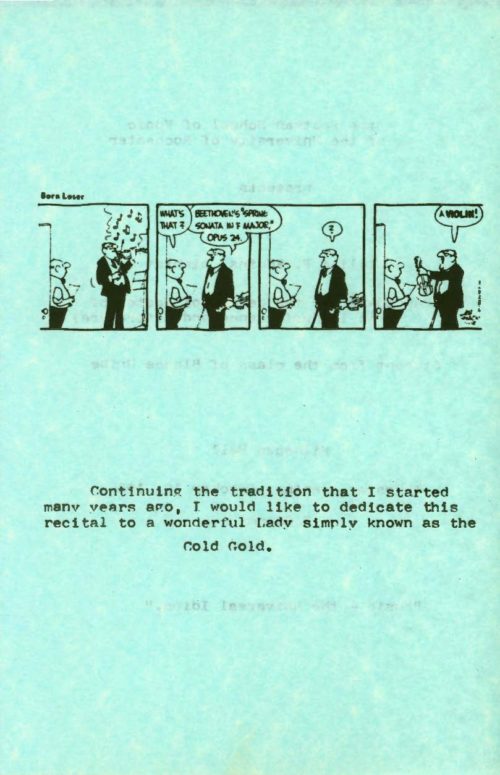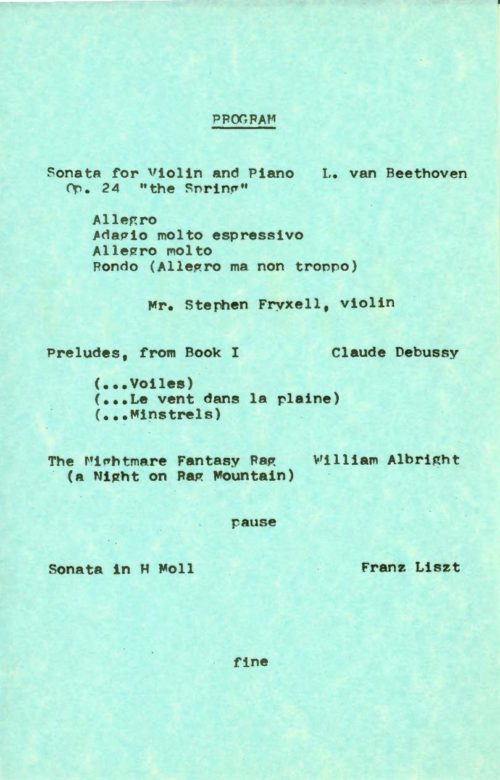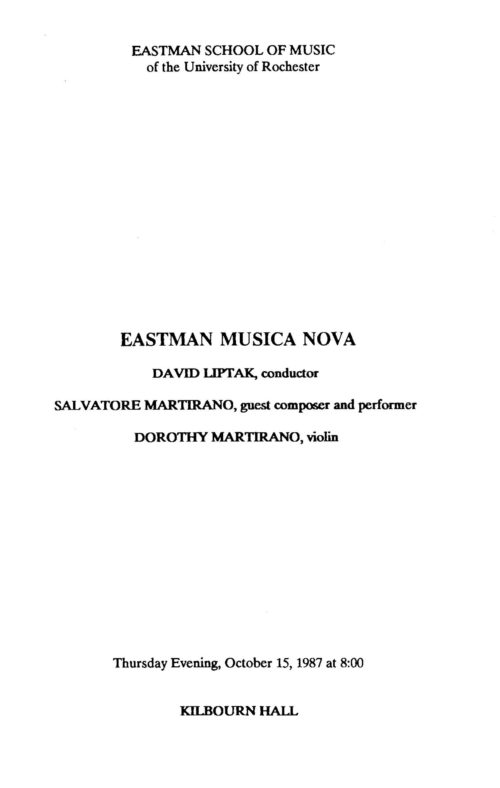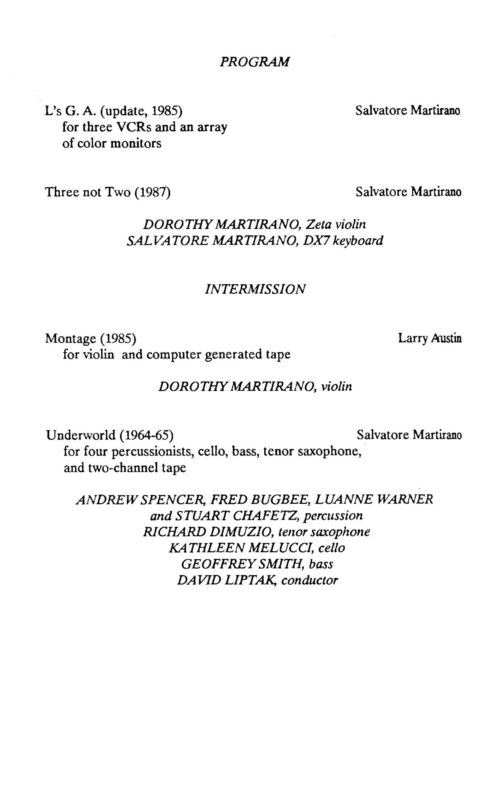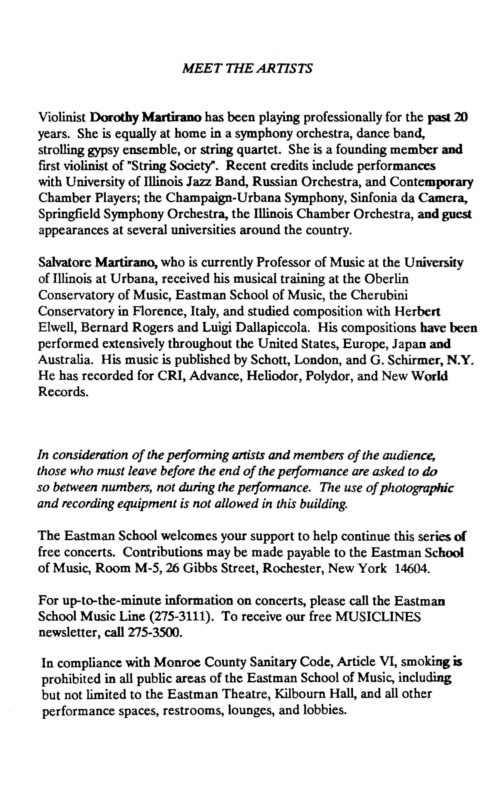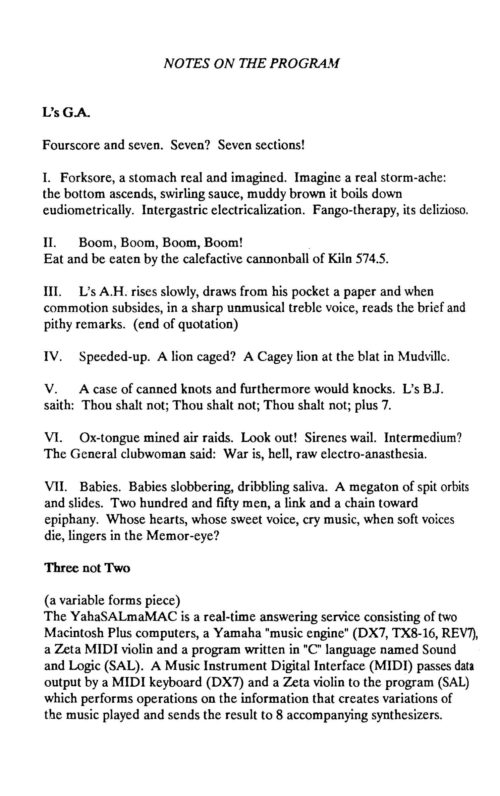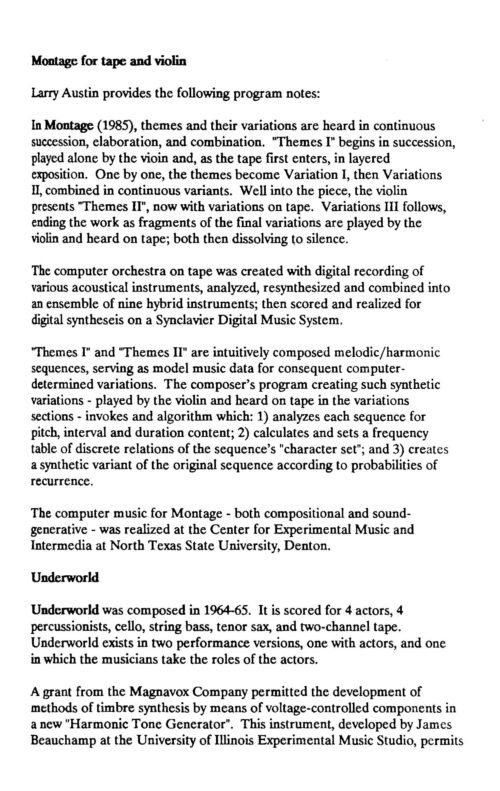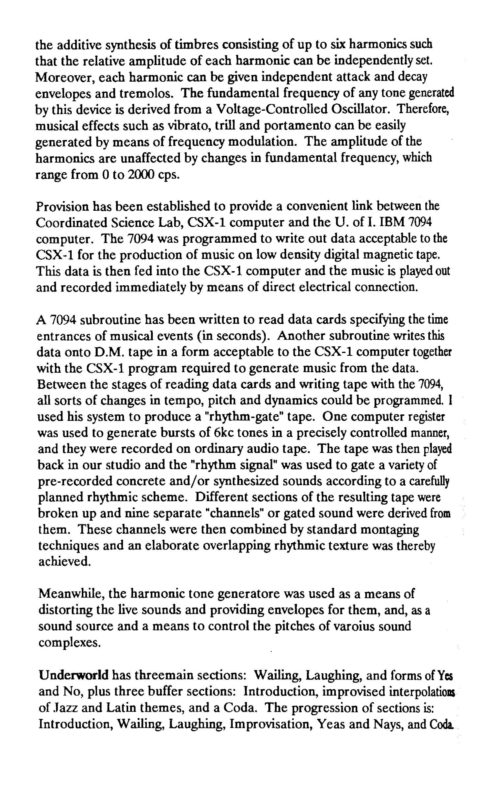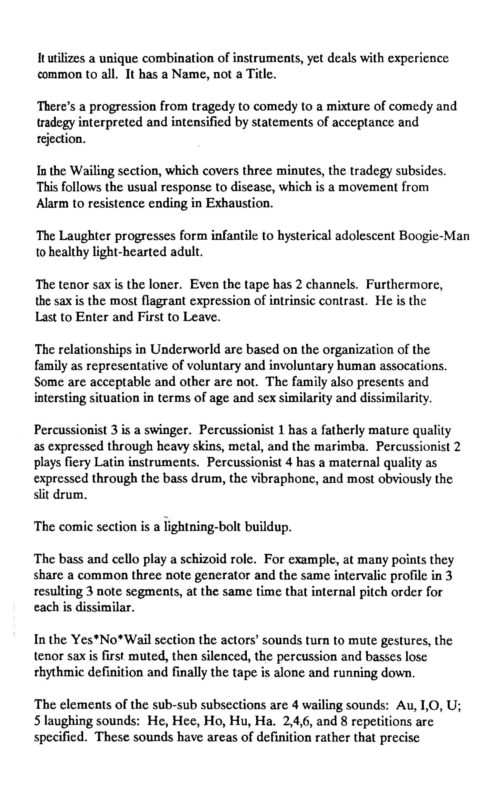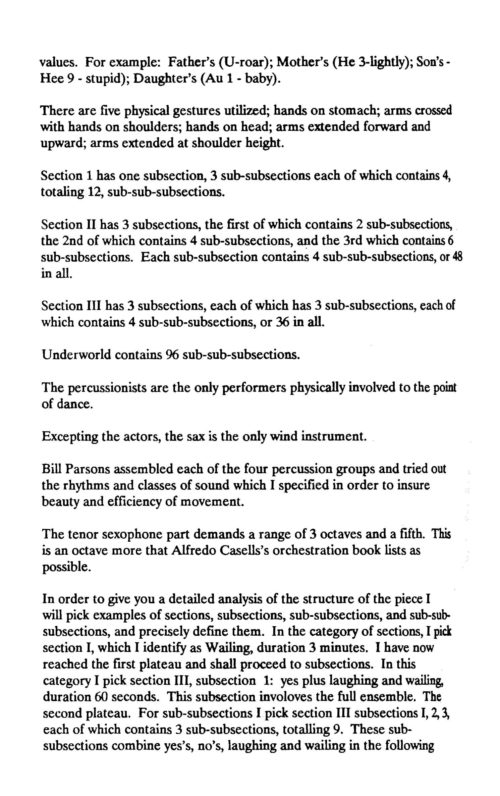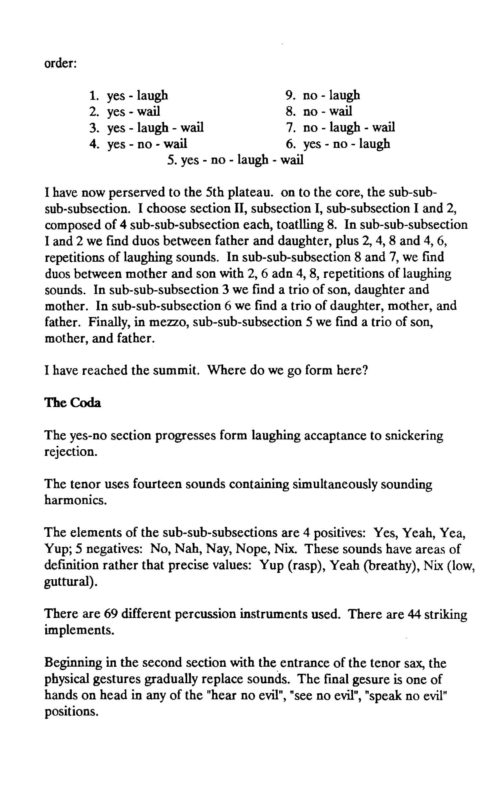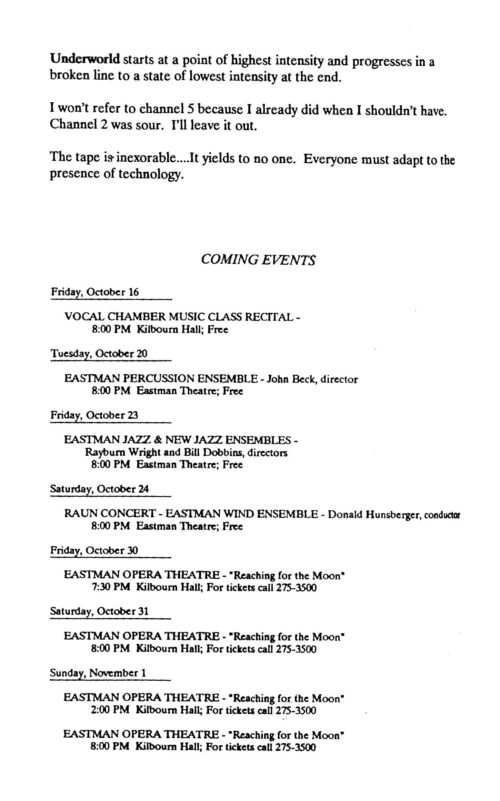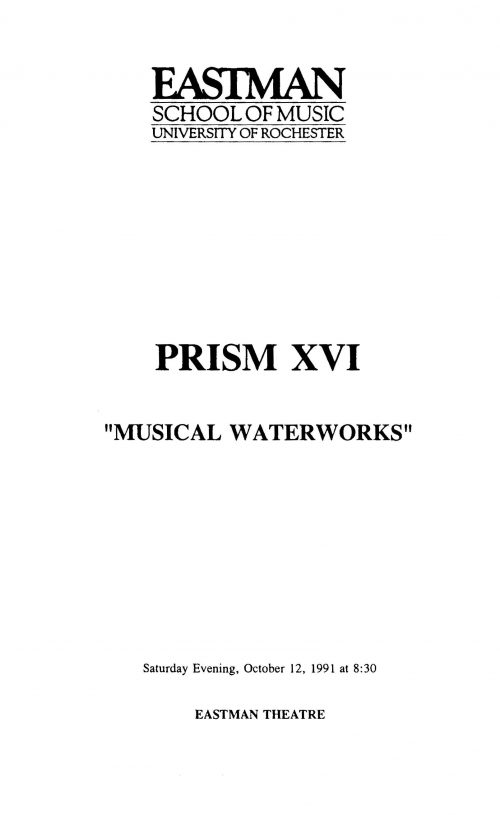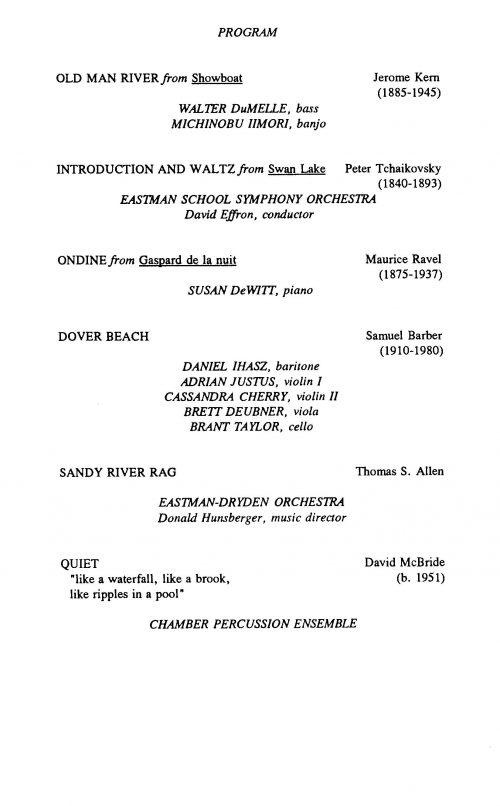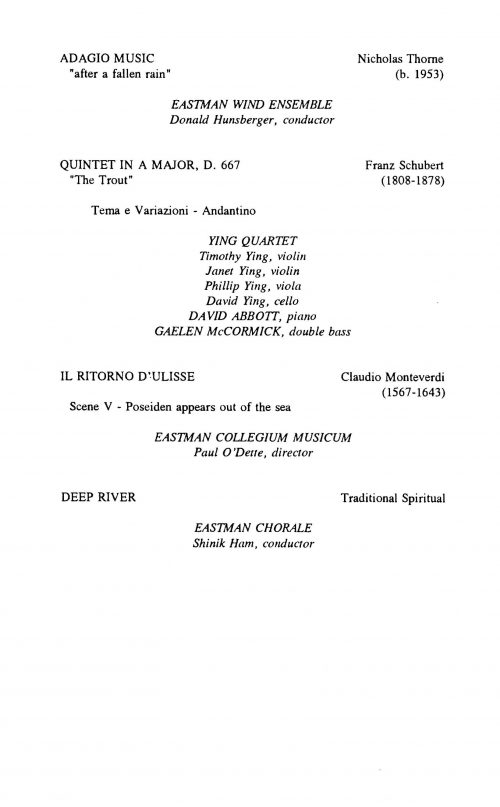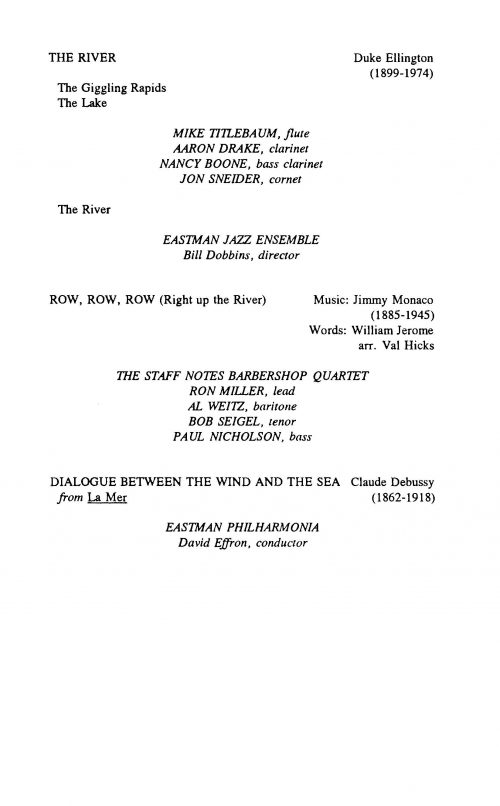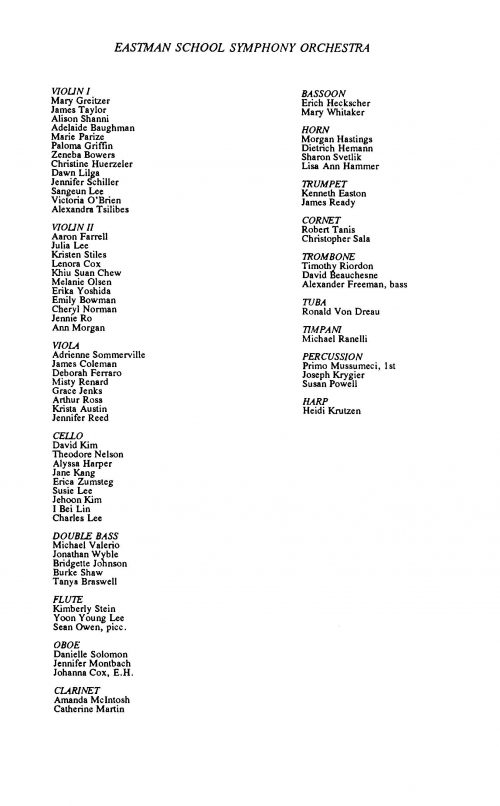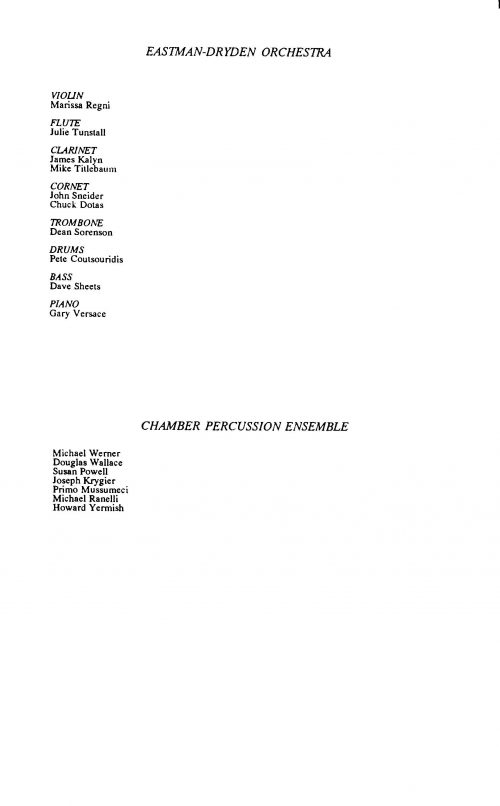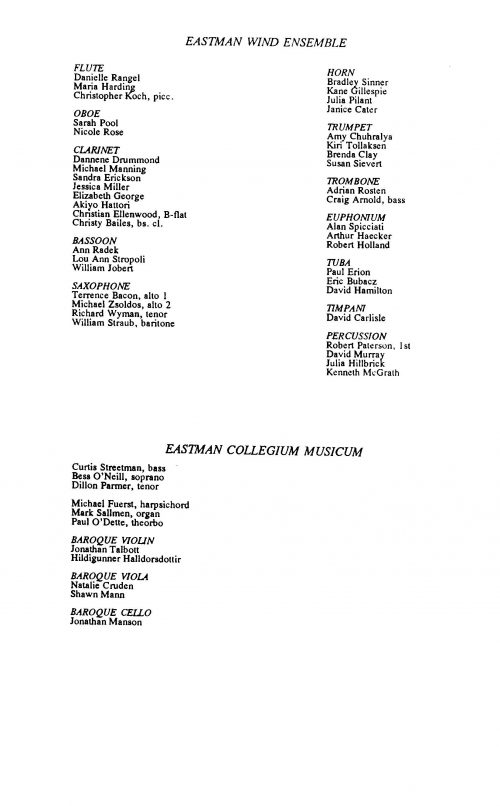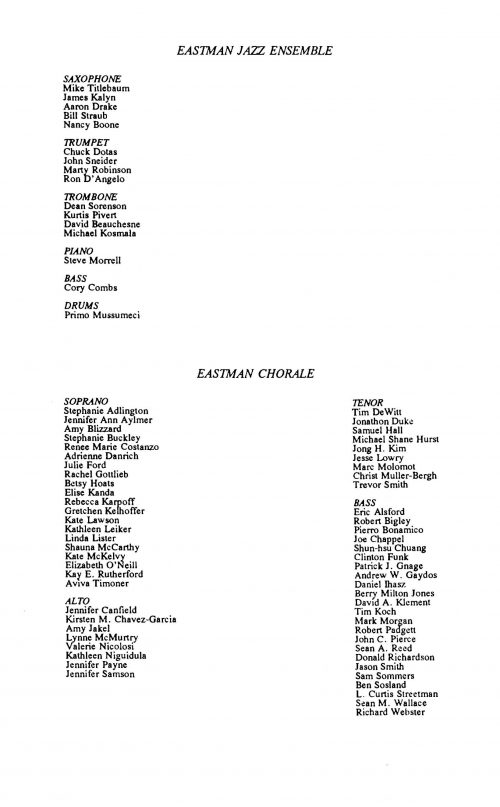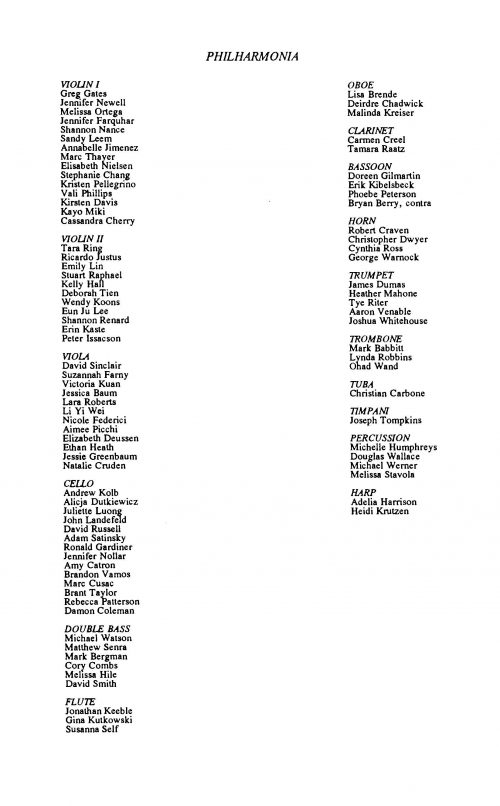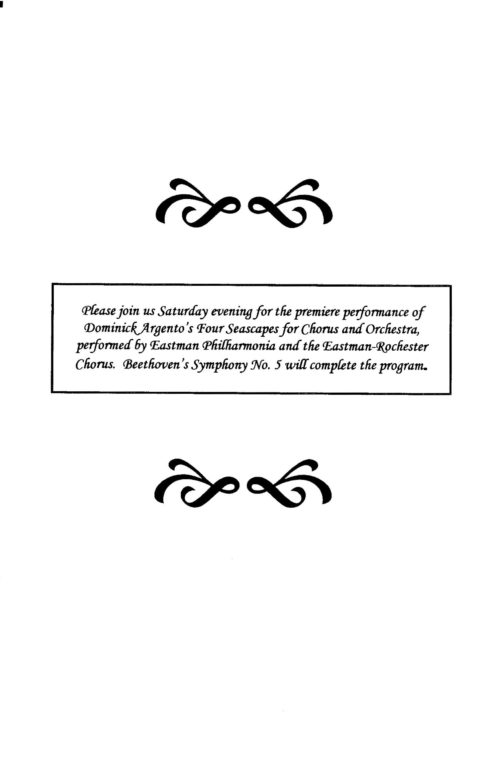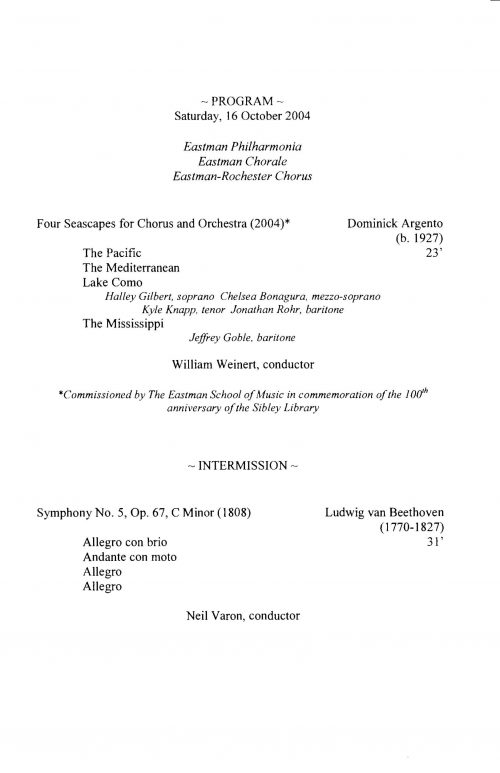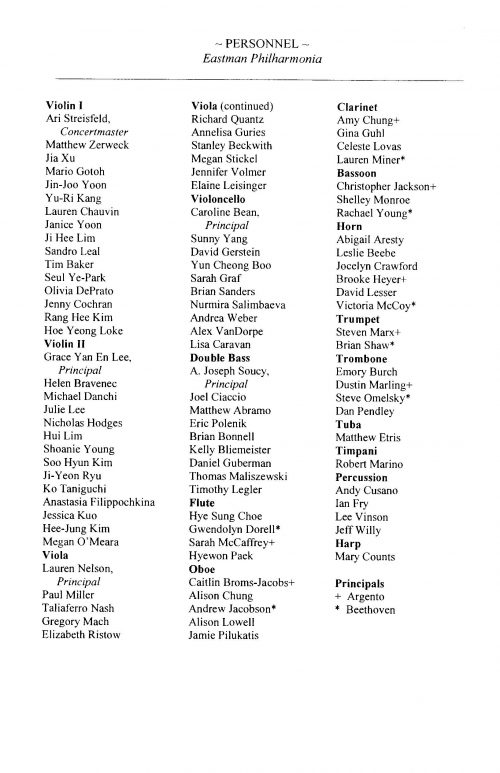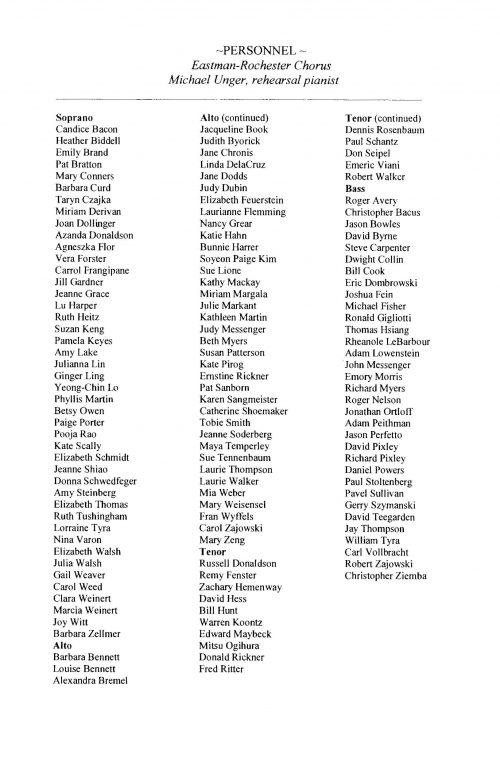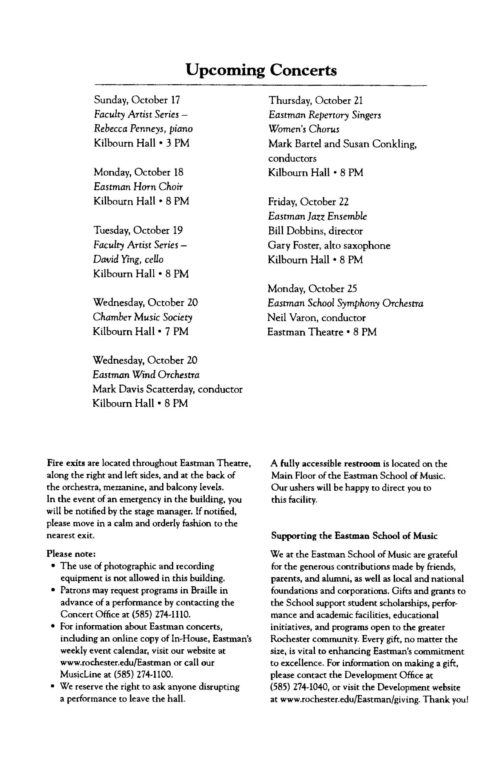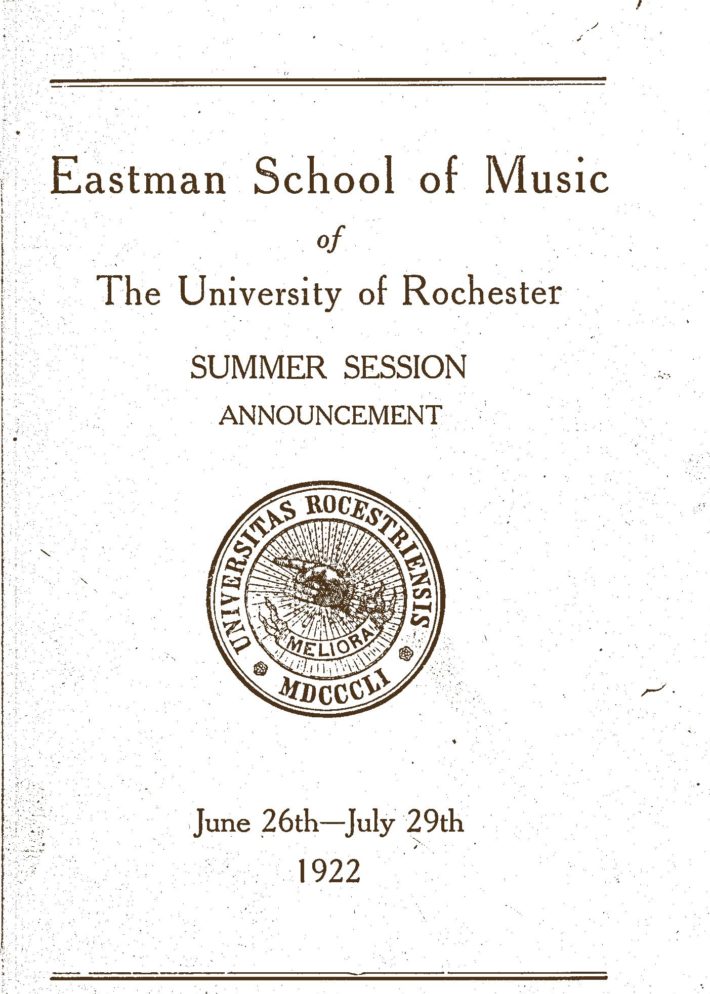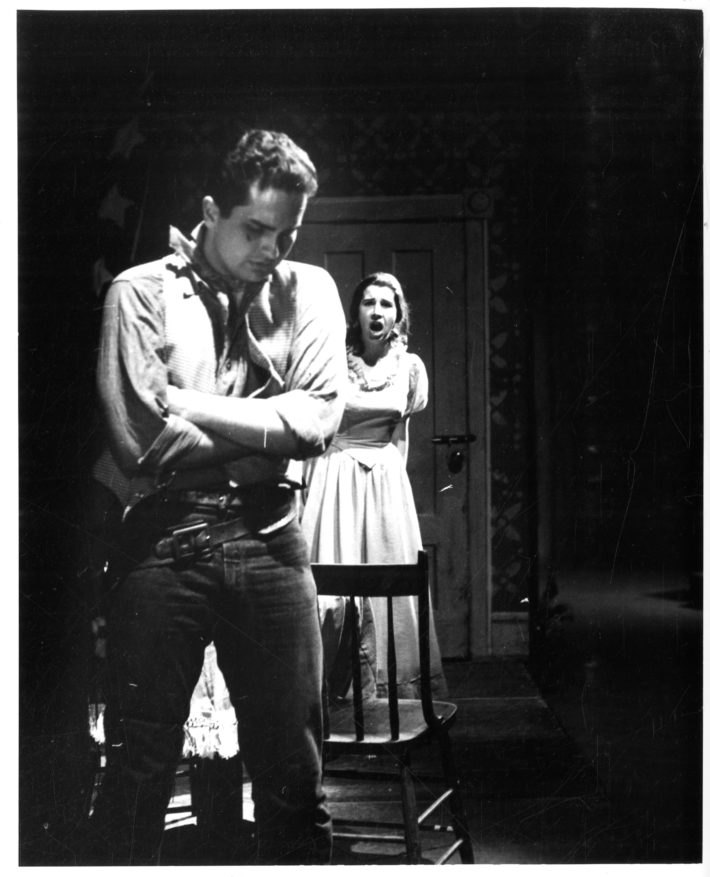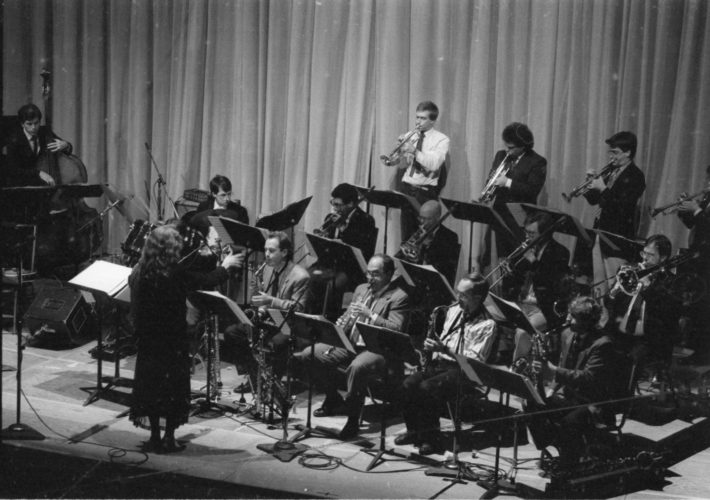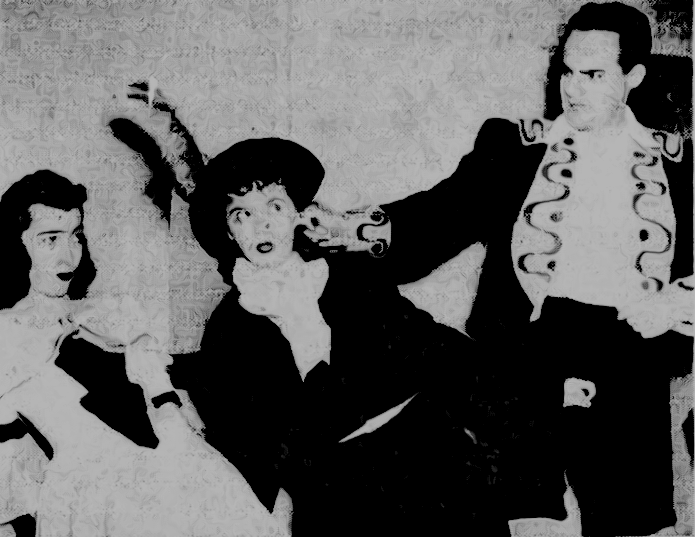October 11th-17th: Day of Moratorium & more
October 11, 20211969: Student activities on the day of the Moratorium
52 years ago this week, on October 15th, 1969, a large-scale demonstration known officially as the Moratorium to End the War in Vietnam was staged in many cities and towns both at home in the USA and in other parts of the world. It was, simply put, a day of coordinated expression of opposition to the American military involvement in Vietnam. The Moratorium’s organizers had specifically aimed to take the event into communities across the nation, and in so doing, had sought the support of community centers, churches, schools, labor leaders, and other representatives. Historians of the war in Vietnam would acknowledge the Moratorium as having transformed the nation’s anti-war protests into a fully fledged movement. Fully one quarter million people gathered in Washington, D.C. where a candlelight procession was led by Coretta Scott King, widow of Dr. Martin Luther King, Jr. On many university and college campuses, the Moratorium was observed by means of rallies, marches, and prayer vigils. At the University of Rochester, then-Senator Charles Goodell (R-NY), an outspoken opponent of the Vietnam war, arrived on campus and spoke to a vast crowd at the Palestra. At the Eastman School of Music, observance of the Moratorium took the form of a four-hour concert in Kilbourn Hall, entirely organized by the student body. The event began with a brass fanfare outside on Gibbs Street and then continued inside Kilbourn Hall with an hour of chamber music, two hours of orchestral music, and then one more hour of chamber music. The presentation of music proceeded non-stop and, by request of the performers, without applause. Free of charge and open to the public, the concert was attended by a large audience from start to finish.
► Images: page 20 and 21 from the Eastman yearbook, The Score 1970.
Reporting of the Eastman students’ concert was carried by the Rochester press and by Notes from Eastman (forerunner to today’s Eastman Notes), and also was documented in a two-page spread in Eastman’s 1970 yearbook. The volunteer student orchestra that day was augmented by several faculty members; the names of composers whose works were performed were printed in a meaningful statement written by Professor Samuel Adler for the yearbook. Among the post-Moratorium reportage and commentary, however, ESM Director Emeritus Howard Hanson struck a decidedly negative tone, using his regular press column to express his opinions. For a period of ten years (1966-1976), Hanson was invited to write a regular column for the Rochester Times-Union, appearing approximately every two weeks. While he generally wrote about questions pertaining to music, education, and the arts, he not infrequently ventured to offer social and political commentary. In his column published on October 20th, 1969 (“Stage Craft Won’t Solve International Problems”) Hanson began by recounting listening to an actress speak on television in support of “the so-called Vietnam ‘moratorium’” (his own use of quotation marks) and then went on to opine that performing artists, with their inclination towards emotion, should not involve themselves in public affairs. I quote him now:
“As I was watching the candlelight processions last Wednesday, my memory could not help but recall the torchlight processions of the Fascists and the Nazis. Here, too, there was more rhythm than reason. The feet were more active than the head.”
His remarks are stunning in their stridency. It is on record that Hanson had not concealed his own partisan political allegiances over the years. As documents in the Hanson papers at the Sibley Music Library will attest, in 1956 he had been an active member of a group known as the Committee of the Arts and Sciences for Eisenhower and in that capacity, he had canvassed other deans and directors of schools of music to back the Eisenhower-Nixon ticket in the presidential election. In 1960, Hanson had been a vocal supporter of a group known as Scholars for Nixon, and after the 1960 election, he had received a letter of gratitude from Mr. Nixon himself. Later, in several of Hanson’s columns in the Rochester Times-Union, he had unequivocally expressed his disapproval of those who were protesting U.S. military involvement in Vietnam. In 1969 he had been an invited guest at the Nixon presidential inaugu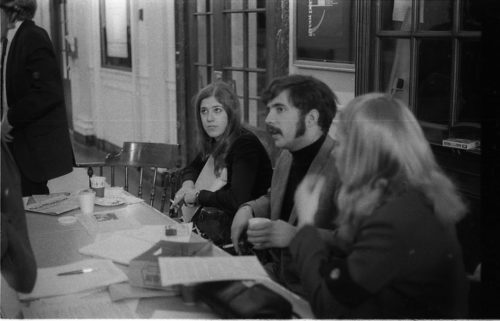 ration, where his composition Song of Democracy had been performed. Altogether, it should have come as no surprise to anyone that Hanson would have disapproved of the Moratorium, but his reference to the Fascists and Nazis was grievous. Their war crimes and crimes against humanity have been documented and do not bear repeating here; Hanson’s analogy—equating any part of the citizens peacefully protesting on the day of the Moratorium with the Fascists and Nazis—was outrageous.
ration, where his composition Song of Democracy had been performed. Altogether, it should have come as no surprise to anyone that Hanson would have disapproved of the Moratorium, but his reference to the Fascists and Nazis was grievous. Their war crimes and crimes against humanity have been documented and do not bear repeating here; Hanson’s analogy—equating any part of the citizens peacefully protesting on the day of the Moratorium with the Fascists and Nazis—was outrageous.
On the day of the Moratorium to End the War in Vietnam, Eastman School students had expressed their convictions in a peaceable manner using the most powerful medium at their disposal: their art. They had conducted themselves honorably, and in so doing, had set an example.
► Images (photographs). Photos by Louis Ouzer:
1983: John Celentano portrait unveiling
Of the various gatherings that take place at the Eastman School of Music—apart from classroom instruction and concert life, that is—gatherings that include Convocation, Commencement, and the Holiday Sing, an especially meaningful occasion is the unveiling of a faculty member’s portrait, when colleagues, students and alumni, family members and friends all gather to honor a retiring professional with accolades and also to hear comments (and often, reminiscences) spoken by the honoree. Most of the portrait unveilings have taken place on Cominsky Promenade, where attendees gather amongst the entire gallery of portraits. For the past quarter-century and continuing, faculty portraits are rendered in the photographic medium, but in earlier decades, the portraits were painted. At least seven different artists’ names are represented among the paintings; the most frequently occurring name is that of local artist John C. Menihan (1908-92), whose distinctive style adorns the portraits of no fewer than 21 faculty members. It should also be noted that one of the Eastman School’s two portraits of Eugene Goossens was made by Kathleen McEnery (1888-1971), an American artist who won a reputation in the first half of the 20th century for her portraiture and her landscapes.
Thirty-eight years ago this week, on October 13th, 1983, longtime faculty member John Celentano was honored with the unveiling of his portrait after 37 years’ service on the Eastman faculty (that is, 33 years of active full-time service, and four years with emeritus rank up until that date). Among the photographs taken at the unveiling day are several showing the newly unveiled portrait being examined by its subject.
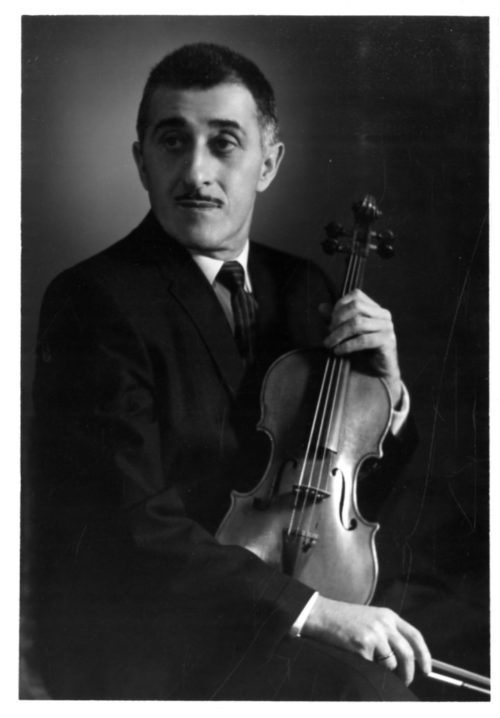 ► Image: Portrait of Mr. Celentano by Alexander Leventon, 1944. Alexander Leventon Collection.
► Image: Portrait of Mr. Celentano by Alexander Leventon, 1944. Alexander Leventon Collection.
Mr. Celentano was born in Montréal on October 22nd, 1912, and arrived in Rochester with his family when he was two years old. After graduating from Rochester’s East High School he enrolled at the Eastman School of Music, where he elected violin studies under Gustav Tinlot (served 1925-42). Mr. Celentano received the Bachelor of Music degree and the performer’s diploma (today called the performer’s certificate) in 1937, and the Master of Music degree in 1941. After the U.S. entered World War II, Mr. Celentano enlisted in the United States Army Air Force and served for two years (1942-44). Following his honorable discharge, he was appointed to the Eastman School faculty in 1946, thus beginning a career of distinguished service as a dedicated teacher, a versatile performer, and a widely travelled clinician and adjudicator. Director Howard Hanson formally commissioned Mr. Celentano with founding a program in chamber music. In addition to studio teaching and performing, Professor Celentano engaged in other educational and outreach activities. Widely in demand as a speaker on strings pedagogy and chamber music, he conducted workshops as a lecturer, performer, and commentator at some three dozen institutions of higher learning. In the 1950s and 1960s, he was narrator-performer on several television and radio programs that were broadcast throughout the greater Rochester area.
Mr. Celentano made substantive professional contributions as a writer, as an orchestral player, and as a chamber musician, but his years of service in the Eastman String Quartet, the third of the Eastman School’s resident string quartets, deserve special mention. His years with the Eastman String Quartet coincided with the Quartet’s highly publicized overseas tour in 1960, which represented the first tour abroad undertaken by any Eastman School ensemble. Between March 2nd and May 9th, 1960, the Eastman String Quartet performed 40 concerts in 25 cities in eight countries Yugoslavia, Greece, Turkey, Lebanon, Syria, Jordan, Egypt, and Morocco), logging some 30,000 miles through Southern Europe, the Near East, and North Africa. The 1960 tour was one of numerous cultural projects in music sponsored by the U.S. State Department as part of the President’s Special International Program for Cultural Presentations. (It was under the auspices of that same program that the Eastman Philharmonia would undertake a three-month tour of Europe and the Middle East in the winter of 1961-62.) The travel arrangements were coordinated by the International Cultural Exchange Service of the American National Theater and Academy. In keeping with the State Department’s sponsorship of the tour, the members of the Quartet played a diplomatic role addition to their artistic role. At many stops the Quartet members were hosted at functions and receptions attended by state and artistic dignitaries representing their respective locales. Following the tour, the Eastman String Quartet members recounted their experiences from the Kilbourn Hall stage before the assembled Eastman School community. The tour is amply documented in Mr. Celentano’s papers; significantly, he was the only member of the Eastman String Quartet to archive his papers at Eastman. The story of the 1960 tour will be told in a future entry of “This Week at Eastman”.
Even while formally retiring in 1979, Mr. Celentano continued to teach on a part-time basis. In 1979 the University of Rochester conferred on him the status of Professor Emeritus; the University further recognized him in 2000 by granting him the status of Distinguished Professor Emeritus of Chamber Music. In 2003 Professor and Mrs. Celentano donated the Professor’s papers and music library to the Sibley Music Library. The John P. Celentano Collection resides in the Ruth T. Watanabe Special Collections unit and is comprised of pedagogical materials, original writings, and a wealth of documents attesting to various facets of the Professor’s career. In yet another gesture of recognition, in March, 2004 the Eastman School formally named and dedicated in honor of both John P. Celentano and Mary B. Celentano the studio that had formerly been assigned to him, Studio no. 413.
Professor Celentano died on April 13th, 2009. He was survived by his widow, Mrs. Mary Celentano (née Barilla), who later died in 2017 aged 103. This writer was privileged to have known the Celentanos personally and to have worked with them in archiving the Professor’s papers. When the Professor died in 2009, and later when Mary died in 2017, former students spoke warmly of the Celentanos as caring individuals who had made their home a welcoming place for students, two exceptionally warm people who gave so very much to others.
1984: Yo-Yo Ma master class
Cellist Yo-Yo Ma gave a master class at the Eastman School in the fall of 1984. Today Mr. Ma is one of the most celebrated performing artists, admired for his many, many outstanding artistic achievements and contributions, and for his tireless humanitarian deeds in many parts of the world. At this time he was 29 years of age, already an internationally renowned artist.
I regret that I had not been able to identify the student in these photographs who is working with Mr. Ma. I would welcome hearing from all students who find themselves in any of the photographs. Email: dcoppen@esm.rochester.edu
►Photos by Louis Ouzer.
For The Record
Eight years ago this month, the Eastman School community was saddened by the untimely death of Dean Douglas Lowry, who for the reason of his declining health had resigned his position only shortly before his passing.
Dean Lowry died on October 2nd, 2013. While it would have been timely, appropriate, and respectful to have commented on Dean Lowry’s passing in the week 6 entry of “This Week at Eastman”, his memory will instead be celebrated in the entry for week 11 (November 1st-7th).
In the meantime, a memorial table stands under his portrait in Lowry Hall. Dean Lowry is missed by so many
The Weekly Dozen
►October 14-16, 1925: The Rochester American Opera Company was an artistic venture of the 1920s founded at the Eastman School by ESM Opera Director Vladimir Rosing. The company had a colorful history but was eventually disbanded during the Depression.
►October 16, 1957 : Festival of Marches, Sixth Season
►October 1970-71: Great Performances Julian Bream and Hermann Prey
►October 13, 1977: Virginia Gaburo, Pianist
►October 11, 1983: Shura Cherkassky, Piano. Mr. Cherkassky would later accompany the Eastman Philharmonia on a German tour in 1986
►October 19, 1985: William D. Eddins Piano Recital
►October 15, 1987: Musica Nova
►October 12, 1991: Prism XVI Musical Waterworks. The PRISM concerts had begun in 1975 and would continue into the 21st century.
►October 16, 2004: ESM Alumnus Dominick Argento, PhD ’58, had been commissioned to compose a work celebrating the Sibley Music Library on the occasion of its centenary (1904-2004).
Four Seascapes embodied the settings of literary texts that Dr. Argento had come to know as a Sibley Music Library user during his graduate years at the Eastman School. The work was again performed at Eastman in 2014, conducted by Dr. Weinert

